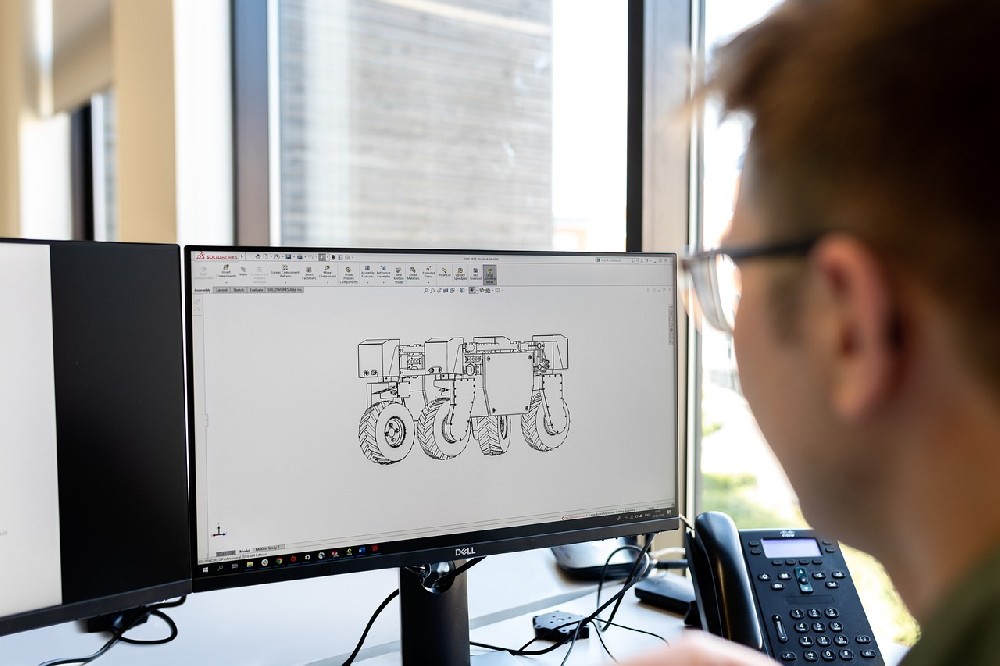The field of AI Robotics represents a bold convergence of artificial intelligence and robotics, uniting software with hardware to create sophisticated machines capable of performing tasks autonomously. Recent advancements in this dynamic sector have demonstrated potent potential to revolutionize industries, redefine productivity, and even reshape the everyday lives of people worldwide. An epitome of this evolution is the introduction of learning algorithms that enable robots to adapt to various situations in real-time. Through techniques such as reinforcement learning and deep learning, robots are no longer limited to pre-programmed tasks. Instead, they can learn from their environment and experiences, leading to improved efficiency and adaptability across numerous applications, from manufacturing to customer service. In healthcare, AI robotics has paved the way for highly precise diagnostic tools and surgical robots, augmenting the capabilities of medical professionals and improving patient outcomes. These machines utilize advanced imaging and data analysis to assist doctors in making more accurate diagnoses and execute surgical procedures with a level of precision that far surpasses human steadiness. Another significant leap is the development of autonomous vehicles. These self-driving cars and drones are not novelties anymore; they are a fast-approaching future. Equipped with an array of sensors and sophisticated decision-making algorithms, these vehicles promise to reduce accidents caused by human error and transform the logistics and transportation industries. Collaborative robots, or 'cobots', have become integral in the automation of routine tasks. Working alongside humans, these cobots are designed to operate safely and efficiently, reinforcing the workforce rather than replacing it. This symbiosis allows for a more productive and less strenuous environment, particularly in assembly lines where precision and endurance are critical. Challenges, however, remain pertinent. The marriage between AI and robotics often raises concern regarding malfunctions and the ethical implications of widespread automation. The debate on the impact of AI robotics on employment is ongoing, as is the discussion on the need for regulatory frameworks to ensure the responsible deployment of AI robots. Despite these hurdles, the trajectory of AI robotics points to a future interwoven with intelligent machines. As industries continue to embrace automation, the question is not about their arrival, but rather how they will be integrated, and how their coexistence with humans will evolve to create a harmonious blend of organic intelligence and its artificial counterpart. In conclusion, AI Robotics stands at the forefront of technological innovation. As research and development forge ahead, the world watches with bated breath to see how AI robotics will shape the horizon of possibility. Embracing change and fostering responsible innovation will be key in transitioning safely into this new era where artificial intelligence and robotics merge to unlock unprecedented potential.




